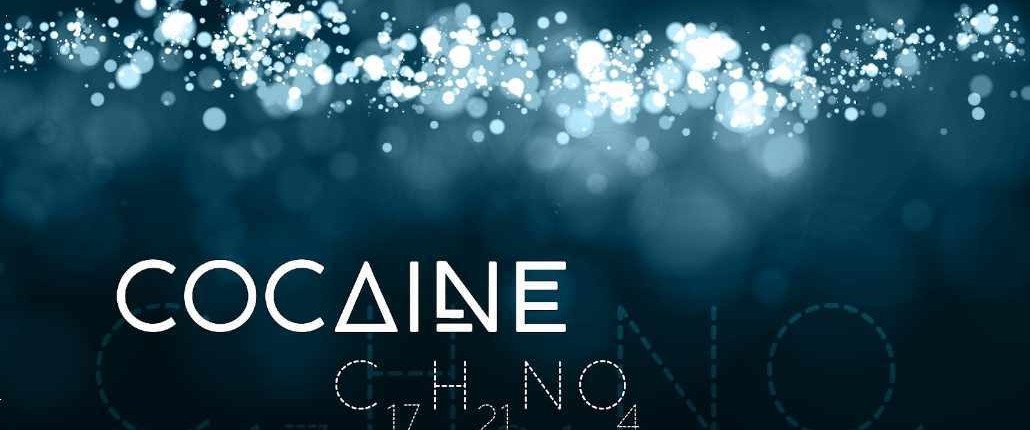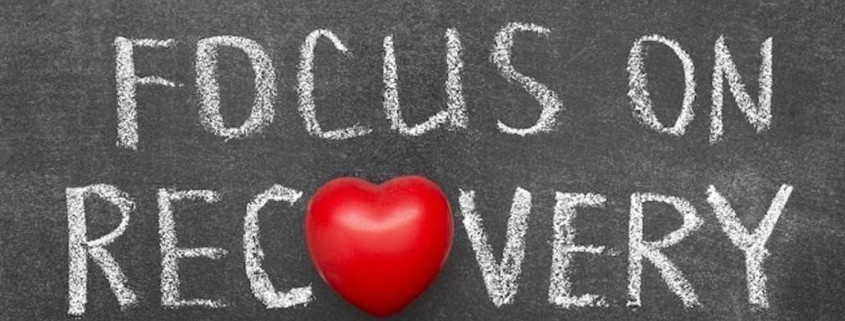Most people are familiar with the affects of cocaine on the nose and the damage to nasal tissues and cartilage. However, cocaine also causes damage to the mouth, teeth, and jaw by something called coke jaw. So, what is coke jaw?
Some Basic Facts About Cocaine (Coke)
Cocaine, also known as coke, is a powdered substance derived from the coca leaf. Cocaine is a strong stimulant that speeds up the central nervous system. The effects of cocaine on the central nervous system and brain include increased heart and breathing rates. As a recreational drug, cocaine provides several desired effects, such as euphoria, increased energy, sharp focus, and improved mood.
Cocaine effects are very short-lived, though, which can cause the person to continue using the drug to prolong the high. Continued use of cocaine eventually results in addiction and chronic constriction of blood vessels.
Cocaine is a DEA designated Schedule II controlled substance, meaning it is highly addictive. It is also being implicated in overdose deaths in recent years. This is due to fentanyl being inserted into cocaine supplies, causing people to unknowingly ingest the deadly opioid.
What is Coke Jaw?
Cocaine use causes people to clench the jaw and grind the teeth, called bruxism. As they clench their teeth they wear the enamel down and cause loose teeth. Long-term cocaine abuse can also cause involuntary spasms that result in uncontrollable jaw clenching.
The stimulant properties in cocaine cause hyperactive muscle movements, including the muscles that control the jaw. The person moves the jaw or mouth from side to side, often without even realizing it.
Cocaine can be ingested in various ways, including snorting, smoking, injecting a liquefied form, and rubbing it on the gums. This last delivery method can lead to direct damage of the mouth and jaw.
Is Coke Jaw the Same as Coke Mouth?
Coke jaw and coke mouth are two side effects of cocaine on oral health. Coke mouth refers mostly to a condition called xerostomia, otherwise known as dry mouth. Cocaine abuse can lead to dry mouth because of a decrease in saliva production.
Because saliva protects the gums and teeth from acids, any decrease in saliva puts them at risk. The extra acids in the mouth can lead to tooth decay and gum disease.
Coke jaw, on the other hand, also impacts the mouth and teeth, but is caused by uncontrollable jaw clenching and teeth grinding.
Signs of Coke Jaw
Chances are if you are wondering, “What is coke jaw?” you may have a friend or relative with a cocaine problem. If the person has signs of oral trauma along with other symptoms associated with cocaine addiction, it might be coke jaw.
Most of the signs of coke jaw are also signs of temporomandibular disorder (TMD). TMD affects how you chew, talk, swallow, and open and close your mouth. Symptoms that TMD and coke jaw share include:
- Tooth grinding
- Jaw clenching
- Dental erosion
- Increased tooth sensitivity
- Headaches
- Jaw joint pain
- Clicking or popping sound in jaw joint
- Facial pain or soreness
What are the Effects of Coke Jaw?
Coke jaw can cause substantial damage to the mouth, teeth, and jaw. The effects of coke jaw include:
- Loose teeth
- Worn down tooth enamel
- Tooth decay
- Bleeding gums
- Periodontal disease
- Mouth ulcers
- Perforation of the oral palate
- Infection of the jaw bone
Coke Jaw and Cocaine Addiction
When cocaine is used repeatedly for an extended period, it often results in addiction. The addiction is directly related to the brain’s reward system, which imprints the use of cocaine as a positive experience. This drives cocaine cravings and abuse, and leads to cocaine addiction. Coke jaw is just one of the overt signs of cocaine addiction.
Other signs and symptoms of cocaine abuse and addiction include:
- Sudden weight loss
- Less need for sleep
- Frequent nosebleeds
- Rapid speech
- Manic moods
- Cocaine drug cravings
- Cannot cut back or quit cocaine, even if the person wants to
- Increased tolerance that causes higher doses or more frequent cocaine use
- Chronic runny nose and sniffing
- Obsessed with obtaining cocaine and planning the next high
- Seeking cocaine from sketchy sources
- Severe money problems
- Continue to use cocaine, despite the problems it causes
- Engaging in high-risk or impulsive behaviors
- Neglecting daily responsibilities
- Has withdrawal symptoms when coke wears off
Finding Help for Coke Addiction: Cocaine Detox
Cocaine detox and withdrawal is similar to other stimulants that affect the nervous system in this way. While there are uncomfortable physical symptoms, cocaine withdrawal causes mostly mental health distress. Without a skilled detox team watching over someone throughout the process, the person can be so overwhelmed by the symptoms. Suicidal thoughts are the most worrisome problem that occurs during cocaine withdrawal.
Cocaine withdrawal symptoms include:
- Extreme fatigue
- Depression
- Slowed thinking
- Headaches
- Agitation
- Sleep problems
- Intense nightmares
- Restlessness
- Increased appetite
- Hallucinations
- Paranoid thoughts
- Muscle aches
- Chills
- Suicidal thoughts
The cocaine detox timeline is about one week. Once the detox is complete it is time to transfer into the treatment phase.
Treatment for Coke Addiction
After you have safely completed a cocaine detox, it is time to start the addiction treatment program. There are two levels of outpatient care available, intensive outpatient and partial hospitalization. Outpatient programs provide flexibility in scheduling treatment sessions, and allow you to reside at home while participating in the program.
Core treatment elements include:
- Individual psychotherapy sessions
- Group therapy sessions
- Family group
- Addiction education
- Relapse prevention planning
- 12-step program
- Holistic activities
The length of your outpatient program is determined by the severity of the cocaine addiction. The average duration of an outpatient rehab is 90 days.
Once a period of recovery has been achieved, some of the coke jaw symptoms might resolve. Consult a dentist for repairing broken or decayed teeth, and a periodontist can treat any remaining gum damage.
Bodhi Addiction Treatment Outpatient Treatment for Cocaine Addiction
Bodhi Addiction Treatment is a holistic and evidence-based intensive outpatient rehab that can help you overcome cocaine addiction. If you are ready to break free from the hold of cocaine over you, please reach out to us today at (877) 328-1968.












